How to make compost step by step. Types of home compost
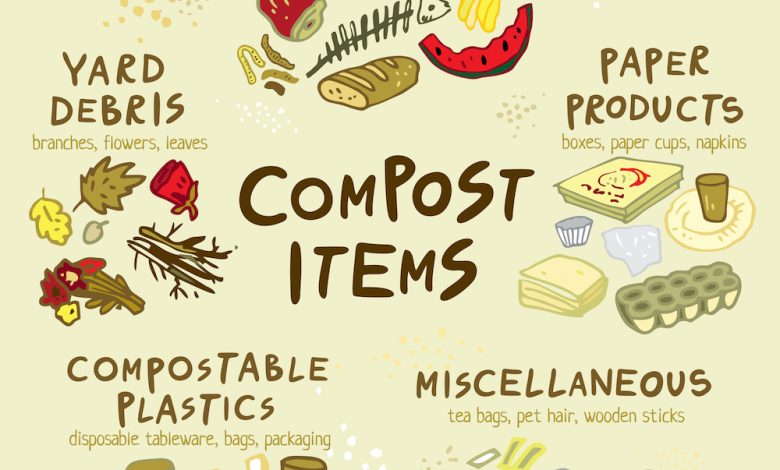
In today’s post we will see how to make homemade compost and what waste is used for composting. But… do we really know what compost is and what it is for? To answer this question, I recommend that you read the article on home composting, with which we see in detail what the advantages of composting are, the types of materials needed and the best conditions to make a good home compost.
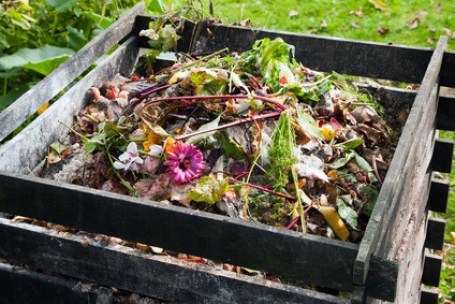
One of the main benefits of adding compost to the soil is to achieve good fertilization of the substrate so that the plants have more and better nutrients.
What waste is used to make compost?
In the compost, the nitrogen, the cellulose and the sugars or carbohydrates of the different residues must be balanced. To achieve this, it is important to use various types of materials or waste to make compost: some green or «wet» (leaves and crop residues, freshly cut grass, kitchen waste…), and others drier (dry branches, sawdust, pine bark, straw…).
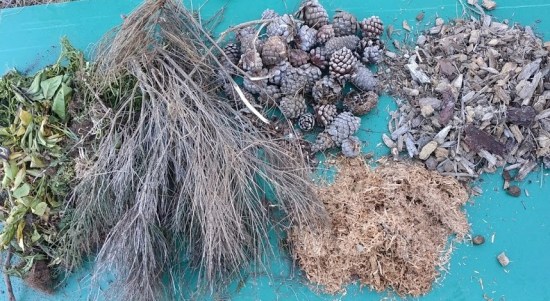
It is also advisable to add soil or sand from the garden to the homemade compost, since the microorganisms it contains will help break down the waste that forms the future compost.
Whether composting in a heap or in a compost bin or composting box, it is very important to alternate these materials in different layers so that a damp and rotten mass does not form inside with the green materials. So that this does not happen, it is also very important to ventilate and homogenize the waste by turning it over.
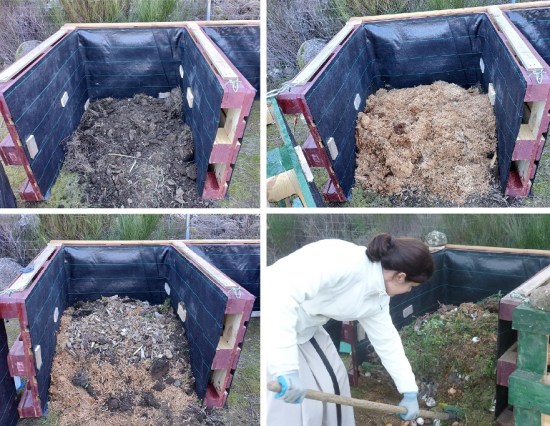
From the first month of composting, or if the humidity is found to be too high, it is important to stir with a shovel from time to time to help reduce it.
How to make homemade compost in a heap or in a composting box?
If you have a relatively large, outdoor garden, you may choose to compost in a heap. You will make it directly on the ground (unpaved) and preferably in a place with a slight slope so that, if there is excess water, it can be removed more easily.
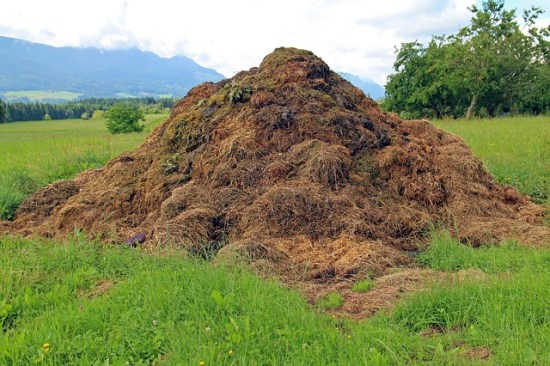
A composter or composting box is very useful if you do not want the compost to be visible, if you do not have or do not want to take up space on the garden floor or to protect it from rain and wind.
A composter will not make the composting process better or worse or faster, but it is true that a composting box or drawer will be better integrated aesthetically into the orchard or garden than what may seem «a pile of garbage», so It is a good option if you are guided by aesthetic criteria or want to make a decorative garden.
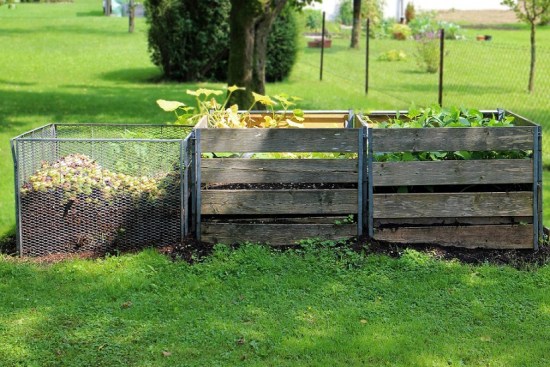
How to make garden compost
The compost pile should be as large as possible so that a high temperature is reached inside it that causes fermentation to start and the transformation of the waste into compost. A width and height greater than one meter are sufficient for the right conditions to be met (the length may vary depending on the amount of waste you have).
You will have to make the pile in layers of about 15-20 cm:
- First of all, in contact with the ground, you should put a layer of thick materials rich in cellulose: twigs, bark and dry leaves, for example. In this way you will prevent the lower part from rotting as a result of the weight and heat of the upper layers and the gaps between the branches will help air circulate and that microorganisms and insects can enter the compost pile.
- On top of this first layer, add another with the green remains of the harvest, which are rich in carbohydrates.
- The third layer incorporates materials rich in nitrogen, such as manure (cow, sheep…).
- Add a thin layer (2-5 cm) of soil.
- You can then include materials rich in carbonates, to reduce the acidity of the pile, such as chopped egg shells or remains of algae.
You will continue to add layers until you reach the intended height. Once the pile is finished, cover it with soil or sawdust. Remember that if you have not previously moistened the «dry» materials such as pruning debris, straw, etc. you must water the layers as you go making the pile; in addition to adding water from time to time during the months that the composting process lasts, to maintain humidity, which is essential.
How to make homemade compost in a compost bin
To make compost at home, we can find a lot of composting containers of different sizes on the market.
As we have already seen, composters have their advantages, but they are a bit awkward when it comes to mixing or turning (and this is a very important action to accelerate the decomposition of waste). To solve this problem, there are some that have «doors» to take the compost out and mix it more easily.
You can also make a composting box yourself, with wooden pallets for example, but remember that it must have adequate ventilation and that it is preferable to have a free base so that the compost is in contact with the ground. (If this interests you, you can refer to the article I wrote on how to make a homemade compost bin with pallets).
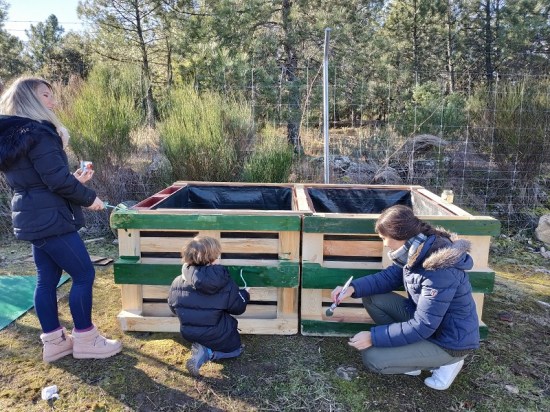
The procedure for preparing the compost in the composting box will be the same as with heap composting: you will have to alternate the «brown» waste with the «green» waste and kitchen scraps, and after a few months you will have obtained a well decomposed compost. Don’t forget to water it and turn it over from time to time.
If your orchard or garden is not very large and does not produce too much waste, you should use a small composter to make compost, even a pot can do as long as it has a hole in the bottom. As there will be more waste from the kitchen (which is more humid) than the vegetable remains from the garden, it is recommended that you put a layer of soil at the base and another at the top, to reduce bad odors and to absorb the leftover water.
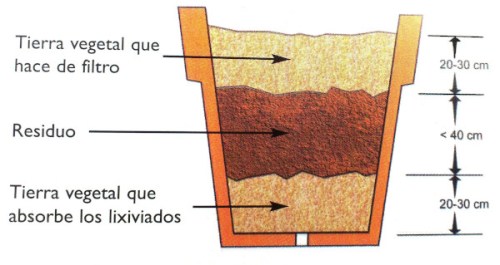
More on home composting
If you want to know more about how to make homemade compost, take a look at the articles of our visits to the HuertAula Cantarranas and El Campo de Cebada leisure gardens, where the gardeners of these community gardens tell us how to prepare the best natural fertilizer and some tricks very interesting.
Also in the entry Garden Compost: 7 questions and answers you can find more information about the waste to make compost or the benefits of composting in the organic garden.
If you have found the post useful, do not forget to rate it with the stars below and share our Agrohuerto page on Facebook and Twitter. Help the Agrohuerto Community grow so that we are more and more and can help each other in our task of cultivating!
References
- University of Quintana Roo (Mexico), 2001. What is compost and what are its benefits. Integrated Coastal Resources Management Project (Solid Waste Management Program).
- Black, MJ et al., 2010. Compost production and management. Center for Environmental Sciences (CIEMAT).
- Román, P. et al., 2013. Farmer’s Composting Manual. Experiences in Latin America. Guide Published by the Food and Agriculture Organization of the United Nations (FAO).
- Álvarez de la Puente, JM, 2014. Composting manual for organic farming. Ministry of Agriculture, Fisheries and Rural Development, Junta de Andalucía.
- Campos-Rodríguez, R. et al., 2016. Technical evaluation of two composting methods for the treatment of household biodegradable solid waste and its use in home gardens. Technology on the go. Research and Extension Meeting 2016, p. 25-32.

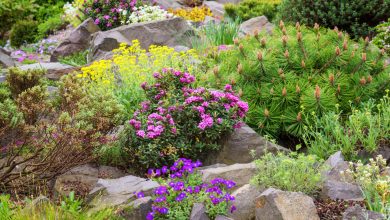
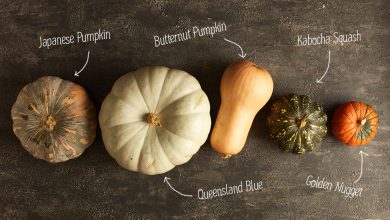

![Photo of Cruciferous Moths (Plutella xylostella): [Characteristics, Detection, Effects and Treatment]](https://www.complete-gardening.com/wp-content/uploads/2022/08/cruciferous-moths-plutella-xylostella-characteristics-detection-effects-and-treatment-390x220.jpg)